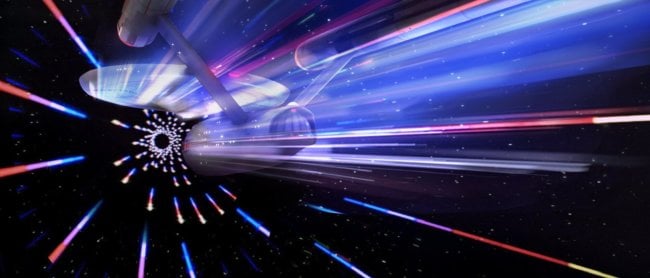
In 1973, the British interplanetary society is the first and oldest organization, the purpose of which was announced exclusively space research, development and support of space exploration, has launched an ambitious five-year project on search and development of the most promising design of unmanned spacecraft designed for interstellar travel. First among the proposed solutions was “Daedalus”. This plan was even more ambitious and set a key goal to seek opportunities for manned journeys to different stars, with the aim of using technologies of the near future.
Fusion acceleration
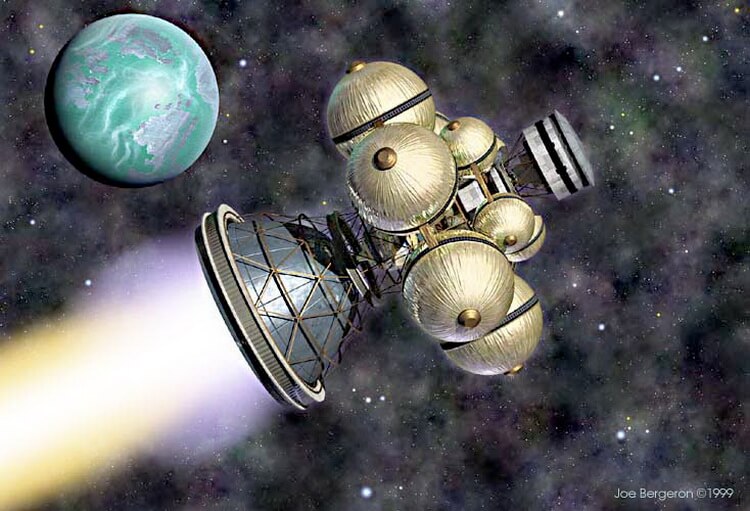
How to achieve the desired speed, accumulate sufficient amount of energy and not to burn the spacecraft and on Board people to the ground? The task is clearly not easy. The project team “Daedalus” came to the decision to use temporary nuclear acceleration, which would allow to overcome such difficulties. The proposed system worked like this: inside a parabolic magnetic fields located to the rear of the spacecraft, will produce small thermonuclear explosions, whose energy will accelerate the spacecraft with the highest possible level of efficiency.
Of course, the implementation of interstellar travel will first need to figure out how to accelerate the spacecraft to a speed of about 10,000 kilometers per second. But this is only part of the problem. The second question is, who will control the ship? As a probable decision considering the use of an independent pilot. As fuel for reactors was suggested to use the isotope helium-3, which can be gained in the atmosphere of Jupiter or directly on the surface of the moon.
In the end, the final report of 1978, it was loudly announced that interstellar travel is indeed possible, but to create a working prototype engineers has not started.
However, to call the project “Dedal” pipe dream would be premature. Numerous reports indicate that modern space agencies and universities around the world continue to explore ideas for the use of nuclear energy as a driving force to the spacecraft, founded by the project “Dedal” has more than 30 years ago.
The Project “Icarus”
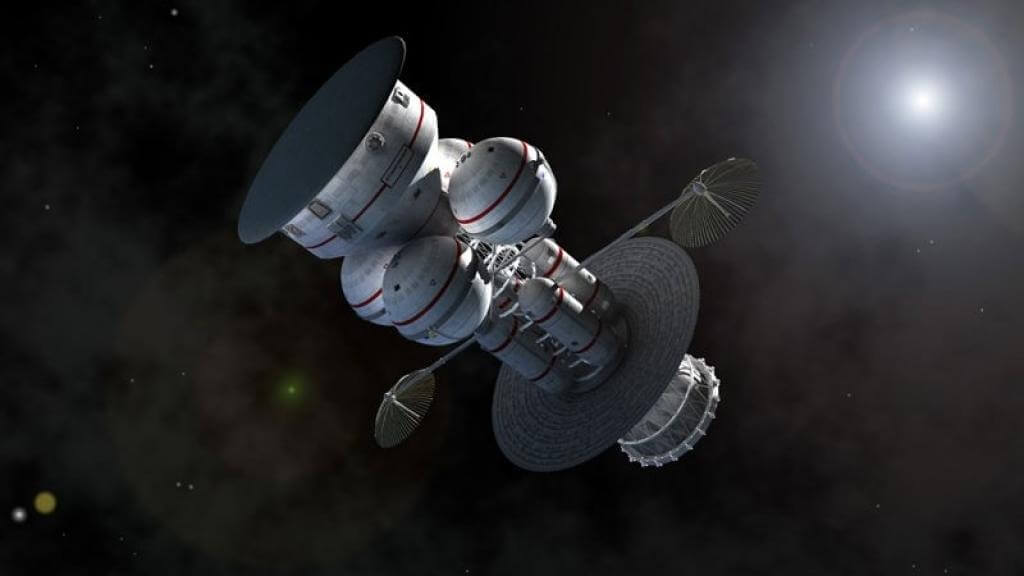
Members of the British interplanetary society and the Tau Zero Foundation in 2009 started the project “Icarus”, the purpose of which is theoretically the possibility of creating a spacecraft with a nuclear engine, designed for interstellar travel. Subsequently, the results can turn into designing unmanned space mission.
The project involved more than 20 scientists and engineers. Their task was to attempt to design a propulsion system based on the fusion reaction and is able to provide acceleration of the vehicle up to 10-20% the speed of light. In fact, the basis of “Icarus” lay down project “Daedalus”, but in the future, “Icarus” was supposed to be an independent project, with only very minor borrowing elements of “Daedalus”. “Icarus” was scheduled for completion in 2014, but the work continues. Currently the organizers are looking for volunteers who would be able to complete it.
“Light sail”
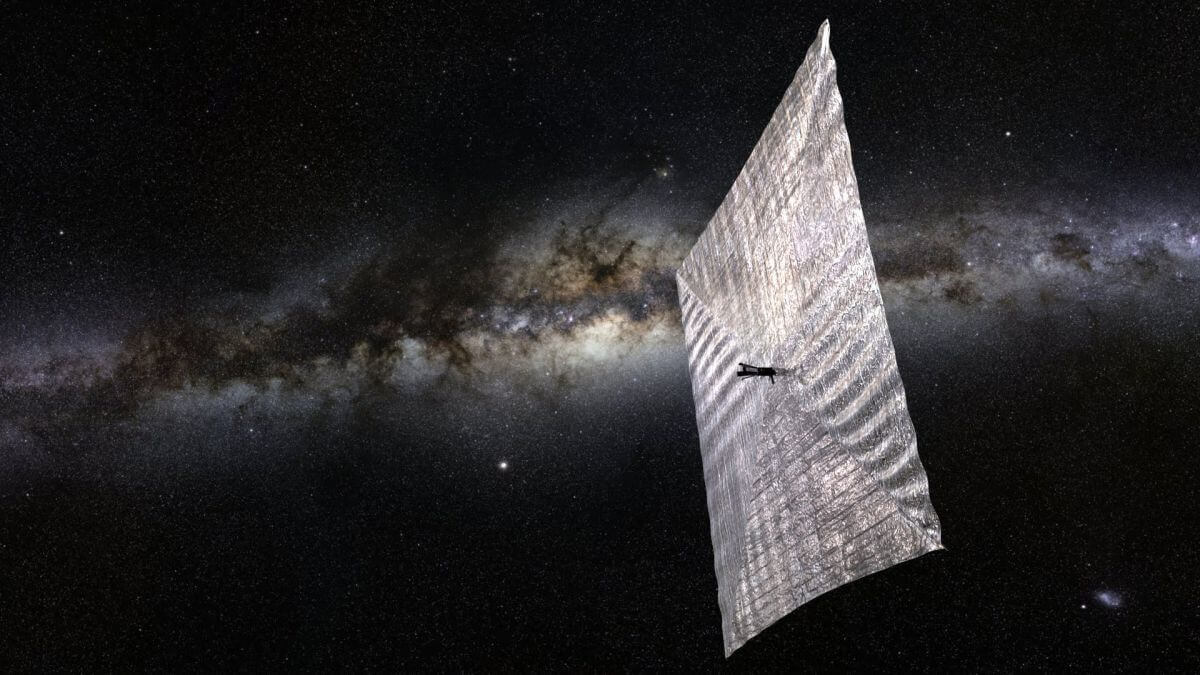
The planetary society launched a project called “Light sail” (LightSail) to explore the possibility of developing a space vehicle that operates fully on solar energy and are accelerated only by sunlight. After several unsuccessful attempts, the program LightSail 1 in 2015 still managed to successfully complete a trial run and opening of the solar sail. A new variant of the solar sail, LightSail 2, is scheduled to be at the Earth’s orbit by a launch of SpaceX Falcon Heavy in 2018.
The concept of using solar sails as a propulsion system is not new. Even with the opening of the first photons such astronomers as Johannes Kepler, in 1600-ies began to dream and theorize on the topic of collecting solar energy and transferring it into momentum to enable another object’s acceleration.
Modern scientists have not lost this desire. Take Stephen Hawking and his project called Breakthrough Starshot. In the framework of his recent stay in Norway, Hawking spoke about how a small space probe could “travel riding on a beam of light” at speeds of about 160 million kilometers per hour. Of course, like any ambitious project, Breakthrough Starshot will have to first overcome, and no less ambitious problem before something can happen.
Interstellar ramjet, Bussard
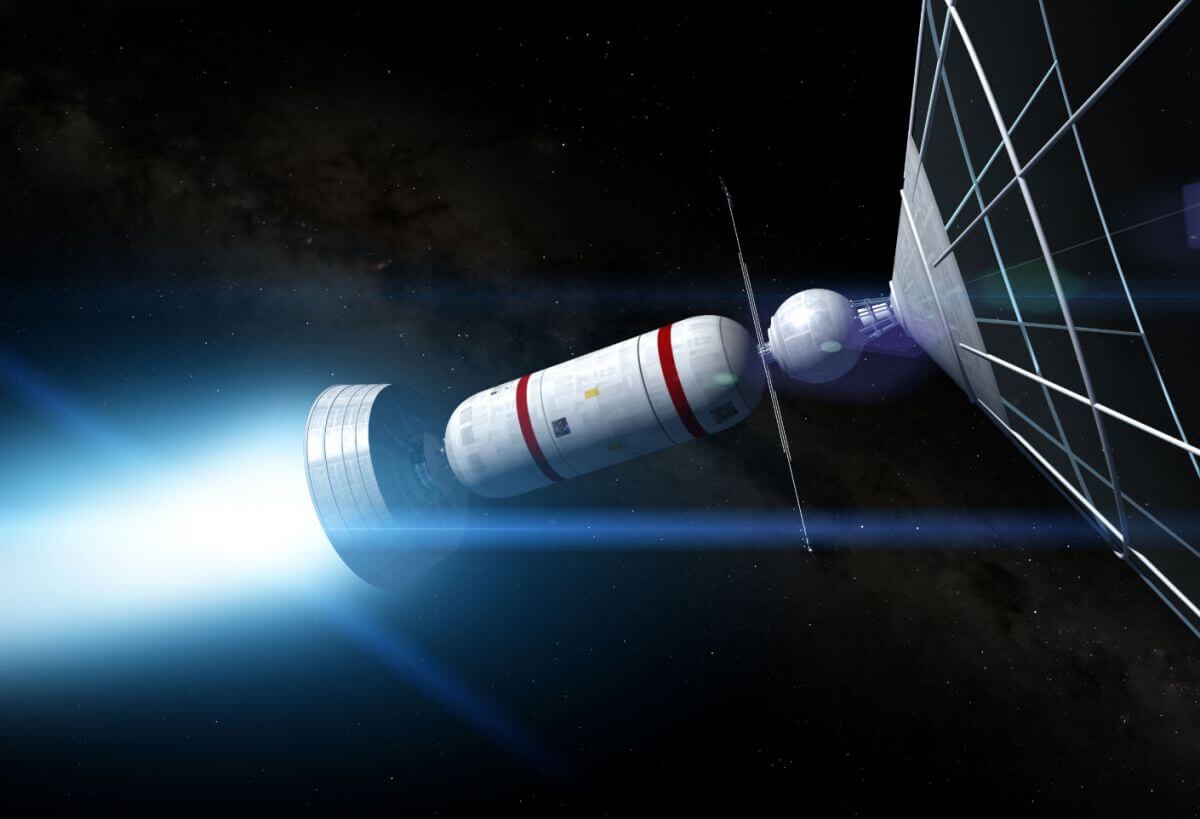
In 1960, the American physicist Robert Bussard introduced the concept the interstellar spacecraft that can move with incredible speed. It is based on a system able to capture the substance of the interstellar medium (the hydrogen and dust) and use it as fuel in a fusion engine of the ship.
According to the calculations Bassard, the engine will take the fence interstellar matter from the area equal to almost 10 000 square kilometers. This, in turn, will require the use of electromagnetic (electrostatic ion) collector collecting a huge diameter and extremely high field strength. Further analysis, however, showed that the mass of collected substance would in this case still so low that it would put into question the efficiency of the system.
Rocket for antimatter

The use of hydrogen isotopes as a fuel for nuclear reactions and production of the necessary thrust for space travel was a pipe dream. The new direction of development was chosen rocket boosters on antimatter, where the interaction between ordinary matter and antimatter causes the annihilation of both and creates a tremendous level of energy.
If we imagine the possibility of a directed issue of a huge amount of energy, then the energy generated by the explosion caused by the mutual annihilation of colliding atoms could be used as a working body for movement of the spacecraft. However, we are still far from the possibility to carry out such tests in real conditions.
In addition, the use of antimatter as fuel for rocket engines, will impose a number of limitations: first, the reaction will create extremely high levels of gamma radiation; secondly, it is difficult to obtain a sufficient amount of anti-matter; and thirdly, it becomes very limited in the volume of the payload, which you can take with you.
However, the Institute of developing advanced concepts NASA has invested in research probability of the spacecraft to antimatter, which will be deprived of at least the first of the above problems. According to researchers, if used as the main element of antimatter positrons (antiparticles of electrons), the energy level of the gamma rays will be much lower.
Another study allows to solve the second problem in the list, by using the so-called sail on antimatter. The Creator of this concept is that Gerald Jackson, a former Fermilab physicist of the company. Jackson proposed to hold a campaign Fund-raising platform Kickstarter. To create and test a working prototype needed about $ 200,000. However, the actual amount of implementation and deployment of this technology will require, of course, much larger financial costs.
Concept spaceship IXS ENTERPRISE
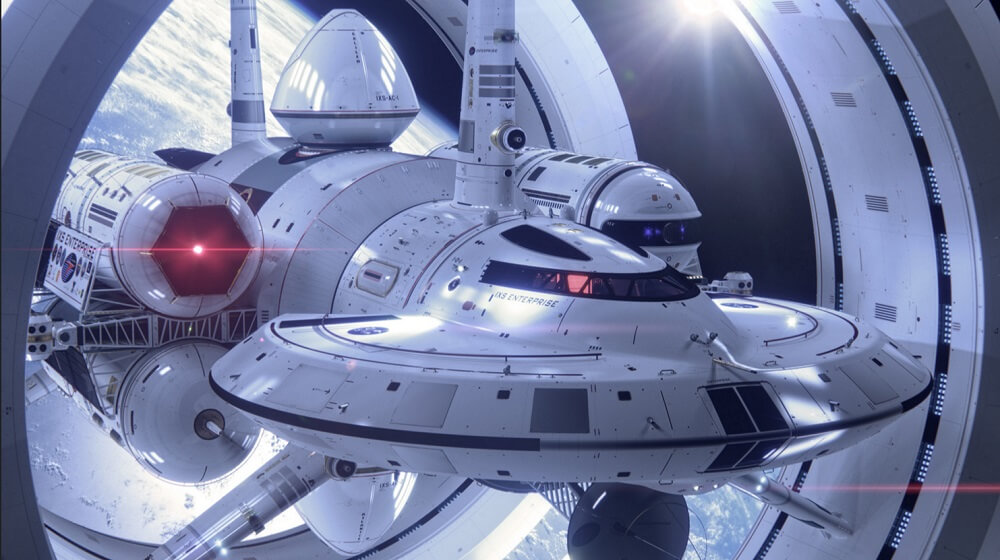
Space Agency NASA suggested “startrecording” spacecraft with the ability warp accelerations in 2016. In the pictures you can easily see the details of the USS Enterprise from the cult of kynoselen. The concept Creator mark Rodmaker shared in an interview with the Washington Post that the aim of this work was to inspire young people to choose a career engineer in the development of spacecraft.
According to the concept of this project, the ship IXS Enterprise uses of nuclear reactions and antimatter to move in space, and warp drive. Large ring-shaped structures around the vehicle create a “warp bubble” that reduces the amount of energy required to operate a warp engine.
So at different times saw a future of interstellar travel
Nikolai Khizhnyak